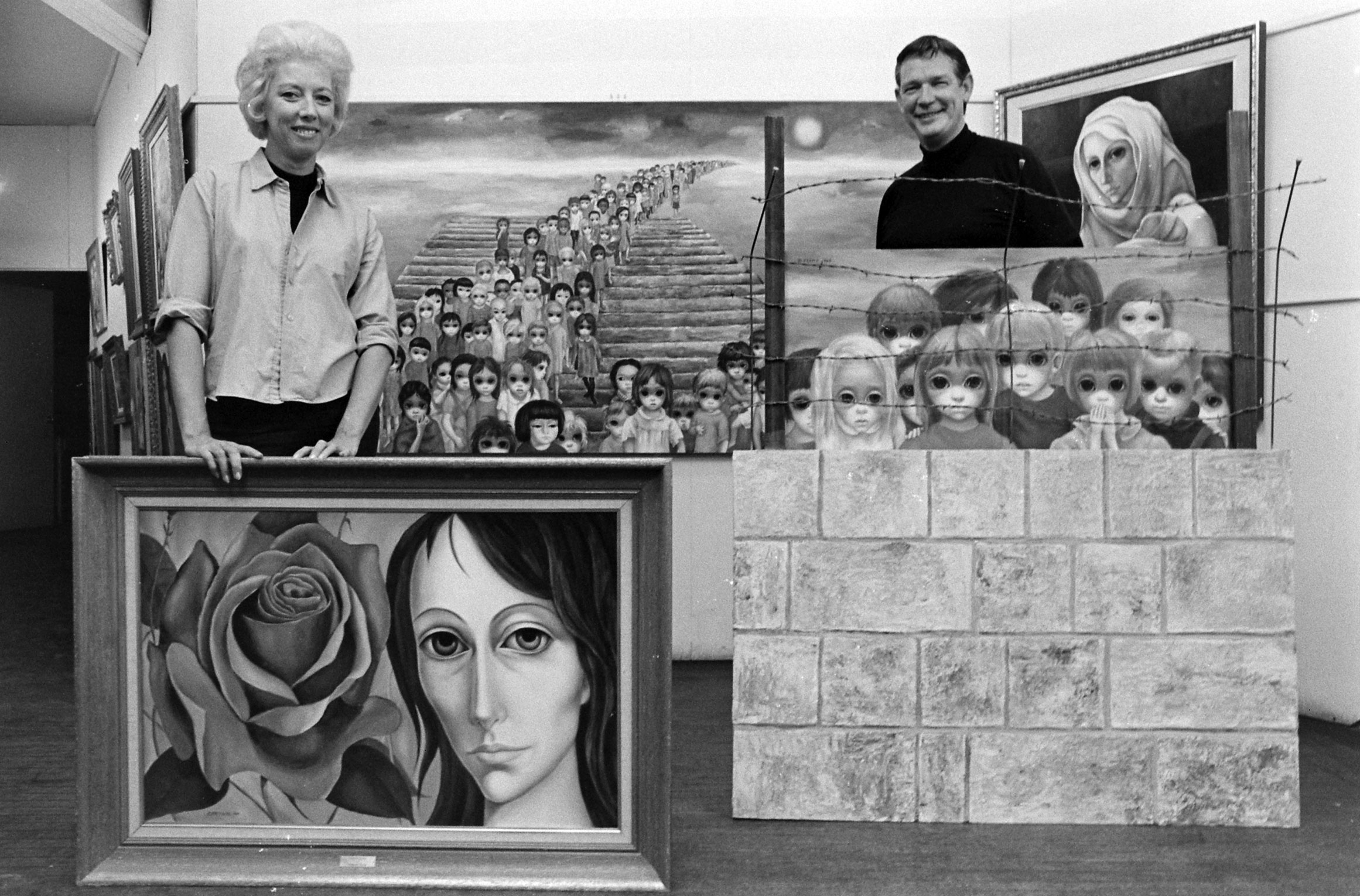
Since Tim Burton’s Big Eyes brought the story of Walter and Margaret Keane to the masses, Internet sleuths have attempted to peel back the layers and get at the truth. And the search for truthiness has been rather meta: How truthful was Burton’s retelling of the untruths surrounding the Keanes’ takeover of the commercial art world?
Bill Ray, the LIFE photographer who photographed the Keanes for a 1965 story, remembers the assignment with an air of levity. In a recent e-mail, Ray said it was hard to take seriously the artists behind those oversized, pleading eyes. “I was steeped in fine art from childhood and was taught more about Vermeer, Frans Hals and Van Gogh than George Washington,” he said. “I approached the story as one big joke, no matter who did them.”
The article came a year after the couple had separated and the same year their divorce was finalized. Ray’s photographs show both Walter and Margaret at the easel, although the story focuses on Walter as the painter behind their success. Margaret, wrote journalist Jane Howard, is “a fellow painter who is his business partner and who for a decade was his wife.”
Ray remembers Margaret being kind and helpful with the story, although she was at the time estranged from Walter. The photographs offer proof that if she was hiding her pain and frustration, she was hiding them well. In the article, she goes along with the charade, saying of Walter, “I admire his genius tremendously.” Another five years would pass before she told her story to a journalist and began the process of suing Walter for slander.
Walter, for his part, comes across as larger-than-life, bordering on megalomaniacal. “It takes dispassionate bravado to speak of oneself in the third person,” as Walter does, Howard writes. In the span of the six-page article, Keane compares himself to Rembrandt, El Greco, Michelangelo, Velázquez, Picasso, Gauguin, Renoir, Degas and Dalí. “ ‘Let’s face it,’ he says with uncommon self-assurance, ‘nobody could paint eyes like El Greco and nobody can paint eyes like Walter Keane.’”
Ray’s recollections match the tenor of Howard’s descriptions, as he recalls Walter as perhaps “the most outrageous person I ever met.” Once when Ray was on assignment in Belgrade, he received a surprise visit from his one-time subject. “Walter pounded on our door holding a bottle of Chivas Regal.”
“What made it even funnier,” says Ray, “was the many Hollywood stars who had paid the price of a new Buick for one these original oils. I think Walter thought it was funny too and that the whole ‘art’ world was a joke.” For all the self-aggrandizement that dribbled from his mouth, Ray believes, “he never took himself seriously and was amazed when others did.”
When he met the Keanes, Ray didn’t know that Margaret had, in fact, painted all of the Big Eyes paintings. But the whole empire struck him as something of a hoax from the beginning. “It may turn out that some of them were really painted by a machine.” And in a way, they were: The mass production of Margaret’s work on postcards and posters was as much as reason for their commercial windfall as it was for the serious art world to shun them.
Liz Ronk, who edited this gallery, is the Photo Editor for LIFE.com. Follow her on Twitter at @LizabethRonk.
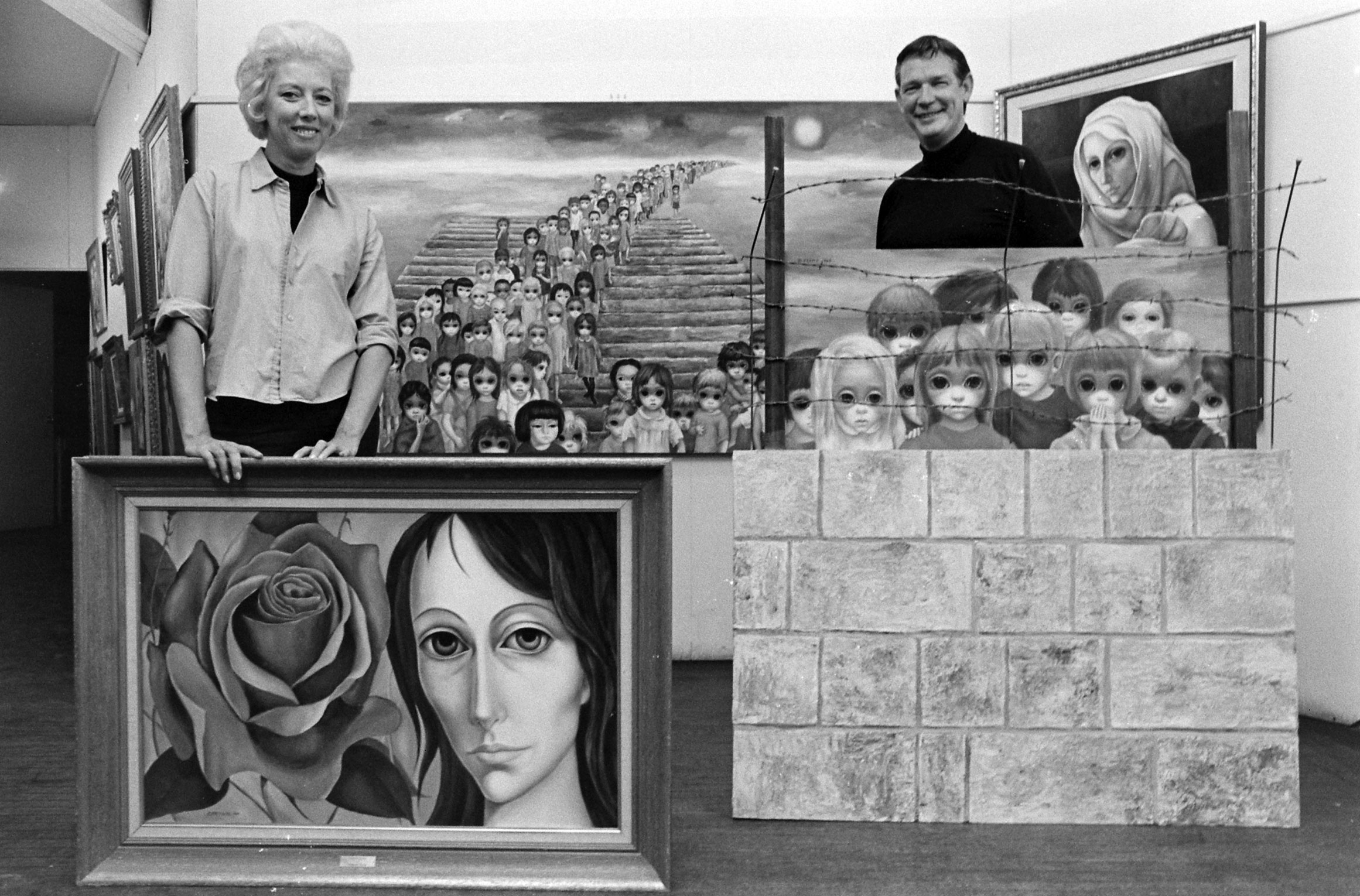
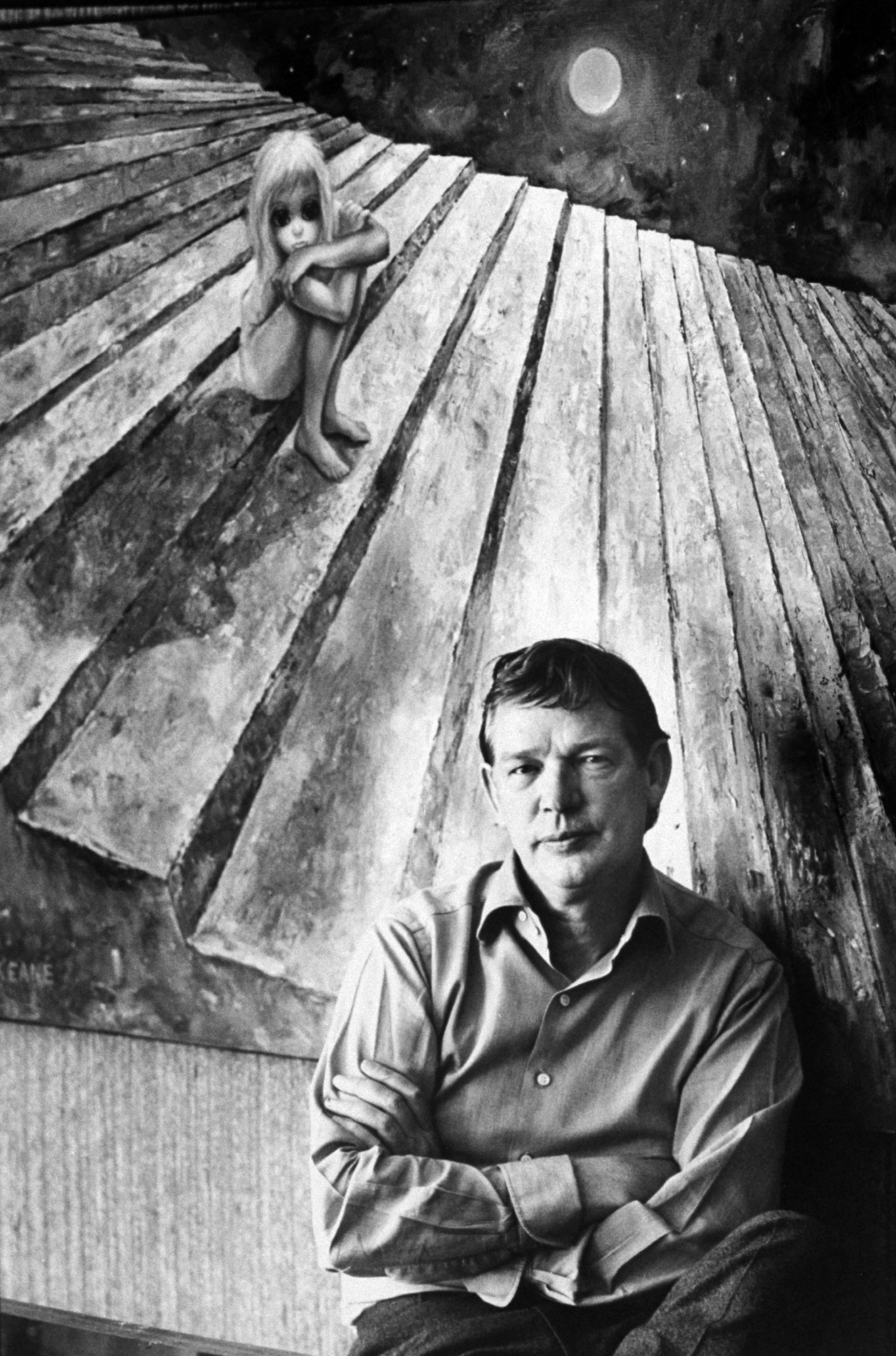
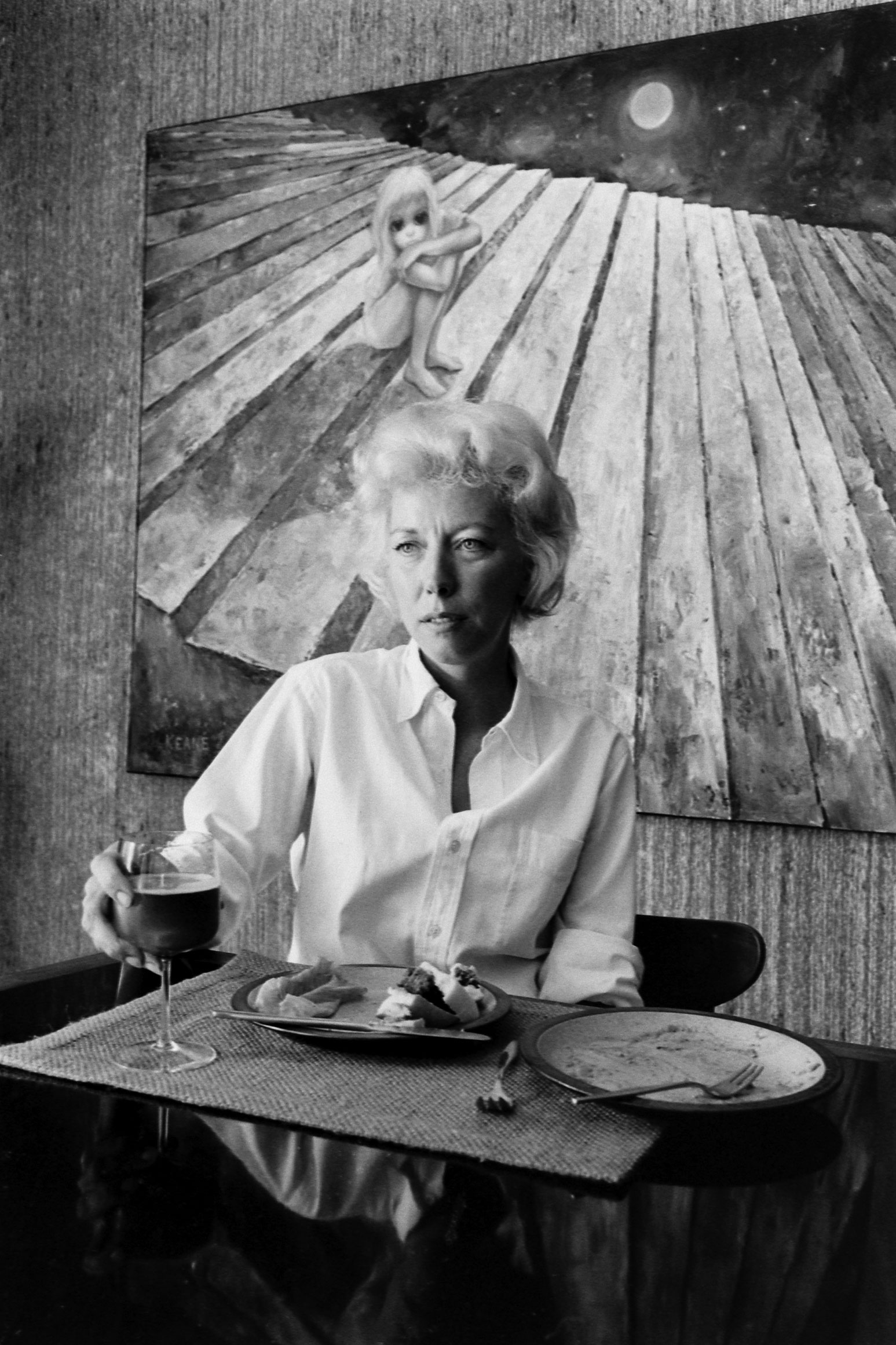


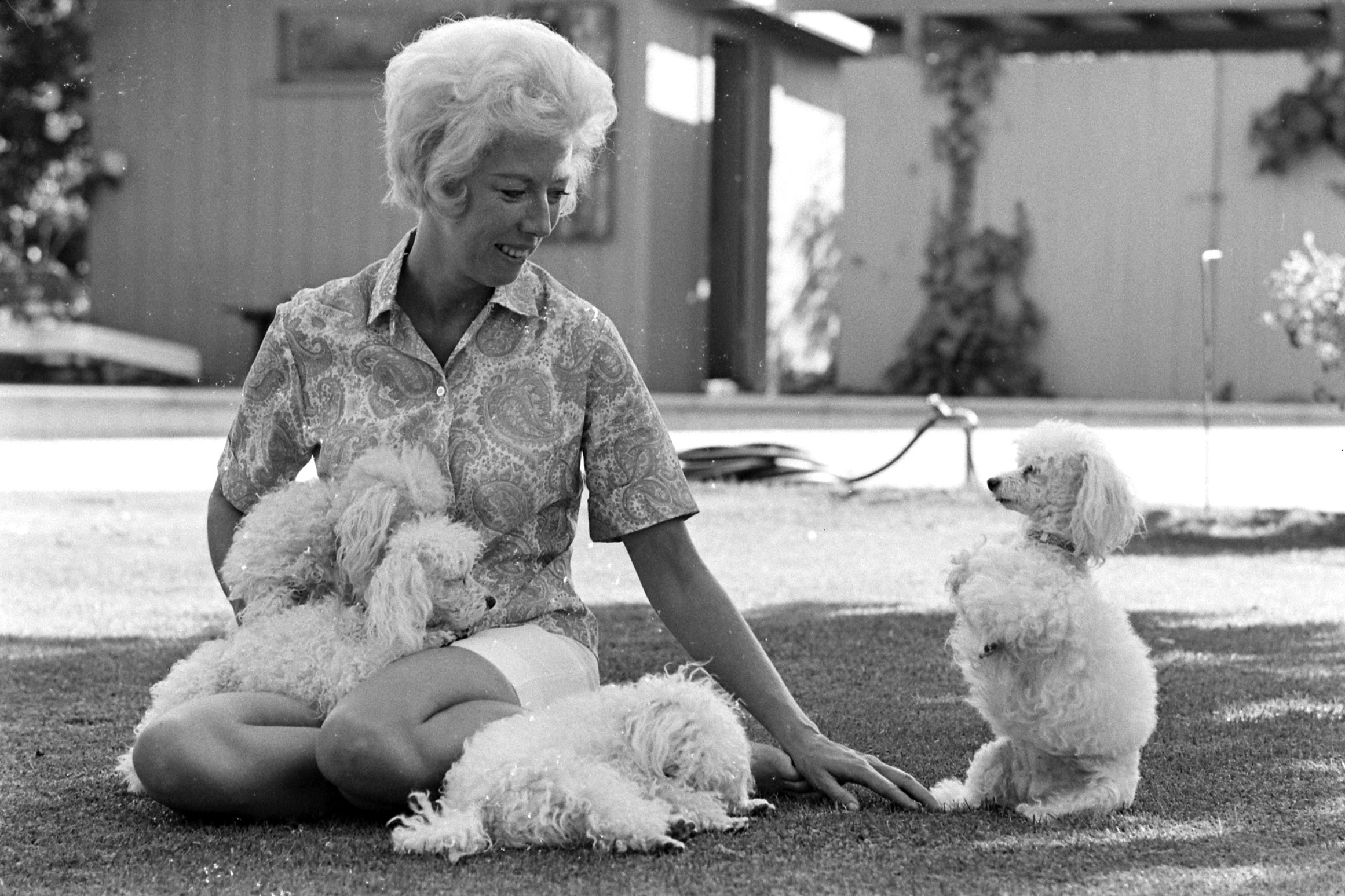
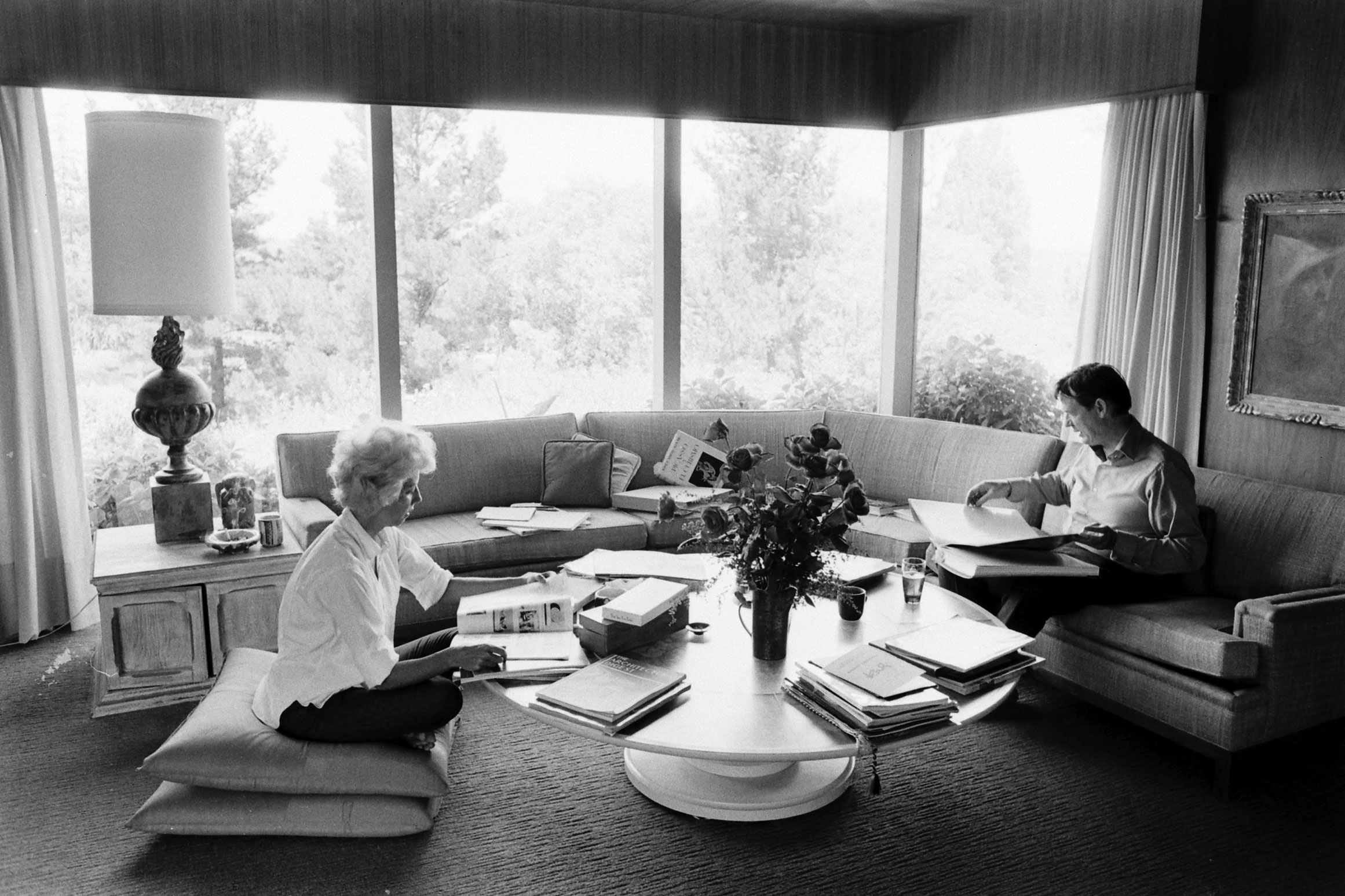



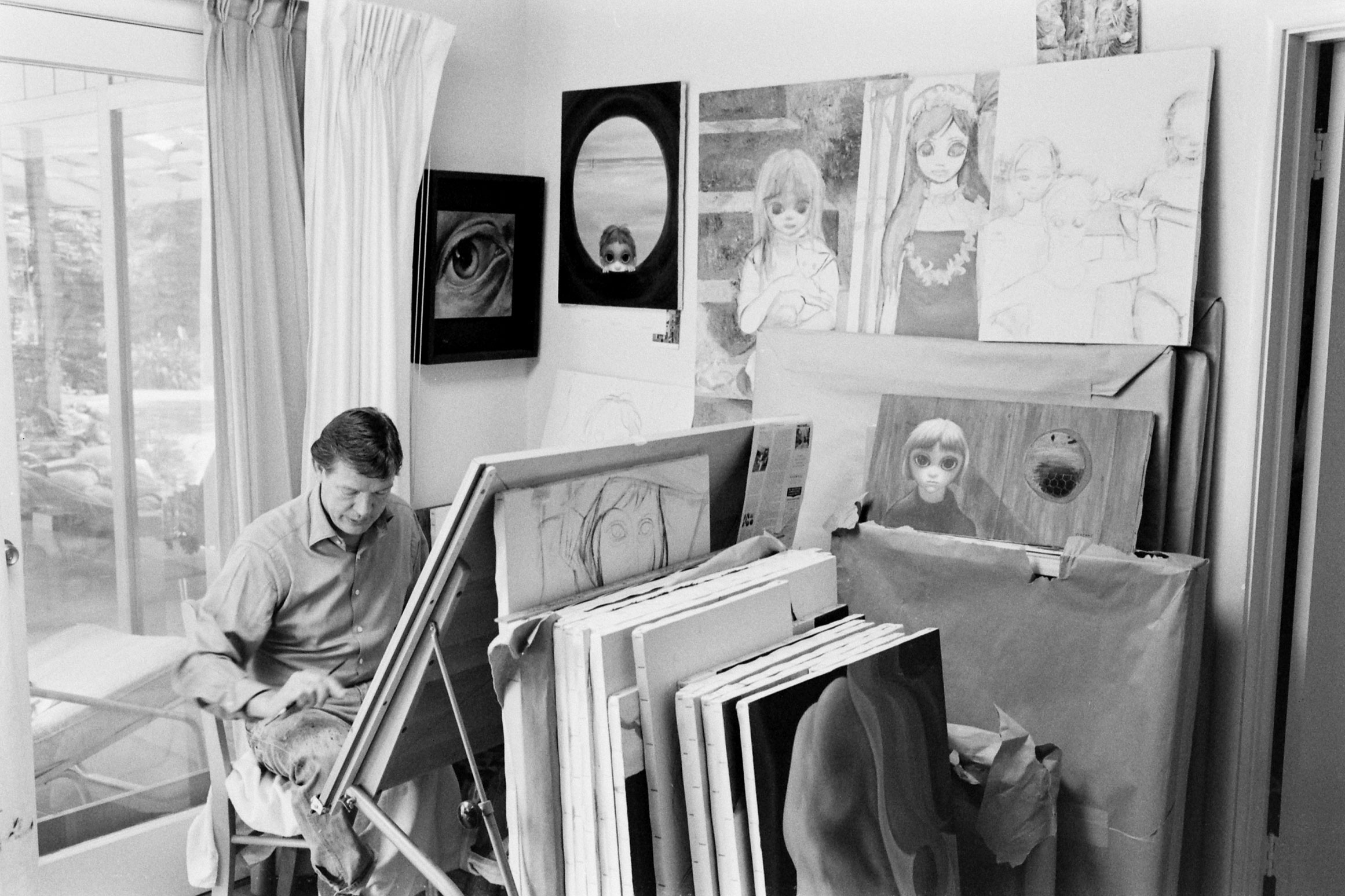

More Must-Reads from TIME
- Cybersecurity Experts Are Sounding the Alarm on DOGE
- Meet the 2025 Women of the Year
- The Harsh Truth About Disability Inclusion
- Why Do More Young Adults Have Cancer?
- Colman Domingo Leads With Radical Love
- How to Get Better at Doing Things Alone
- Michelle Zauner Stares Down the Darkness
Write to Eliza Berman at eliza.berman@time.com